Watch Day: A Global Snapshot
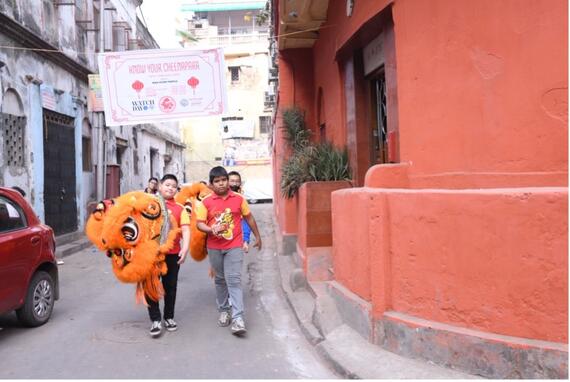
From religious processions to ancient sport matches, from photography exhibits to communal feasts, Watch Days can take many forms around the world. At their core, they are celebrations honoring the sites on our World Monuments Watch and the people who bring them to life. A mainstay of our program since 2012, Watch Days highlight the importance of vibrant community engagement and local stewardship for the preservation of our shared past. Dive deeper into five that unfolded in 2023, which collectively drew almost a thousand people across the globe.
Nominations are currently open for the 2025 World Monuments Watch. To learn more and nominate a site, click here.
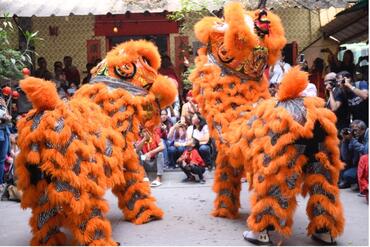
Tiretta Bazaar, Kolkata, India
For over two centuries, Kolkata has been home to a vibrant Chinese community centered on an area known as Tiretta Bazaar. In January of 2023, the neighborhood played host to Watch Day festivities honoring the rich cultural heritage of this historic Chinatown—the oldest in all of India. The festivities included activities ranging from dragon dances to lantern-making workshops and educational heritage walks. Celebrations culminated in student presentations at the historic Nam Soon Temple, the result of a four-month research initiative entitled “Know Your Cheenapara (Chinatown)” aimed at fostering dialogue around heritage and diversity among young people. At a time when demographic shifts and looming urban development threaten Tiretta Bazaar’s future, Watch Day encouraged a community spirit, uniting individuals in the appreciation of a neighborhood that stands as a symbol of cultural pluralism in India’s former capital.
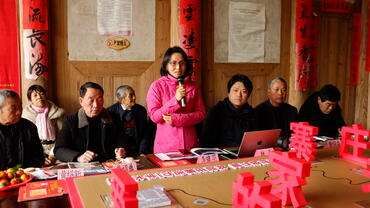
Fortified Manors of Yongtai, China
Village leaders, scholars, and local residents gathered as members of the Huang Clan carried a statue of the god BaiMaDaWangGong through the streets of Chang Wan Village, part of this year’s Lantern Festival at the Fortified Manors of Yongtai in Fujian Province. The festivities were part of Watch Day observances at the site in February of 2023. Known as zhuangzhai in Mandarin, the fortified manors are historic multi-family complexes; now, local custodians hope to revitalize the buildings and the forest economy that once supported life in the region. Huang Zhumin, who traversed over 100 km to participate in Watch Day, reflected, “Being able to do something for the zhuangzhai with my own strength has been my wish for many years.” The parade was followed by a seminar on local architecture, further rallying community members, public officials, and heritage organizations around the manors’ preservation.
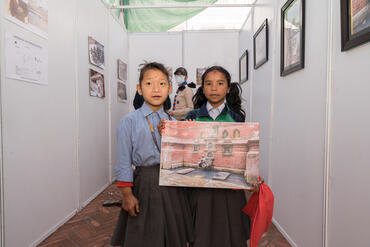
Hitis (Water Fountains) of the Kathamandu Valley, Nepal
In honor of World Water Day, observed each year by the United Nations to raise awareness of the importance of universal access to clean water, WMF and its local partner, Chiva Chaitya Organization, hosted Watch Day festivities for the Hitis of the Kathmandu Valley in April of 2023. The event shed light on the significance of the region's traditional stone fountains, called hitis, that have served as community water sources for centuries. As the region grapples with a water crisis, the hitis’ preservation is poised to play a critical role in combating water scarcity. This sentiment resonated vividly during public site tours and a photo exhibition hosted in Kathmandu’s Durbar Square, drawing hundreds of visitors. The event underscored the relevance of historic water infrastructure to today’s challenges and the everyday life of the communities of Kathmandu Valley.
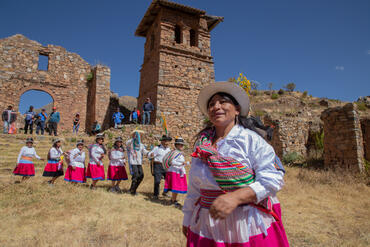
Yanacancha-Huaquis Cultural Landscape, Peru
In June, the community of Miraflores hosted its Watch Day to coincide with the Limpia Acequia festival, a local celebration honoring water and land through traditional dances, songs, storytelling, and the collective cleaning of canals. These canals, the legacy of pre-Inca technology, are the focus of efforts to revitalize historic water systems to meet the community’s contemporary needs. Over 100 residents took part in Watch Day, which was organized by WMF’s local partner, Instituto de Montaña. The event saw a revival of the shactada, a shared community meal emphasizing Andean agricultural and social traditions. Children received Andean wind instruments, fostering the next generation's cultural connection to the Limpia Acequia festival. The day stood as a testament to the community's commitment to sustaining its deep-rooted traditions in a rapidly changing world.
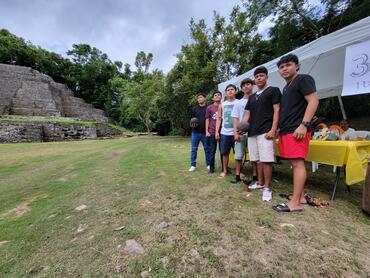
Lamanai, Belize
The roughly 100 participants in Lamanai’s Watch Day embarked on an educational “quest”—a heritage trail dotted with activity stations and interpretation illuminating the ancient Maya site’s multi-layered history. Organized by the Heritage Education Network Belize with participation from the Institute of Archaeology and the National Institute of Culture and History, the event was designed to deepen visitors’ appreciation of the histories and communities linked to Lamanai. The day’s activities spanned both the Lamanai Archeological Reserve and the nearby Indian Church Village. Attendees immersed themselves in learning about Spanish Colonial churches and Mayan mythology and observed live demonstrations of the ancient sport pok ta pok. This event celebrated Lamanai’s cultural legacy and sought to deepen connection between the attendees and the multifaceted narratives the site represents.
